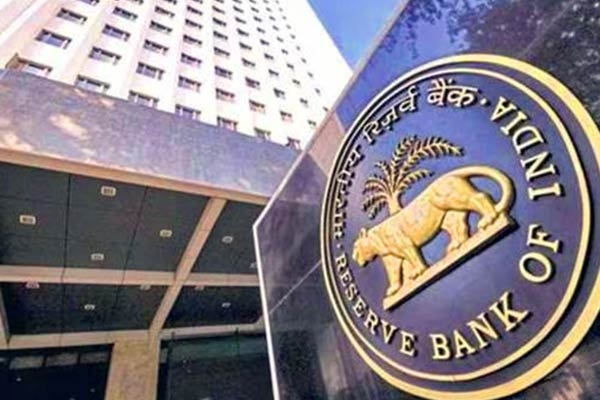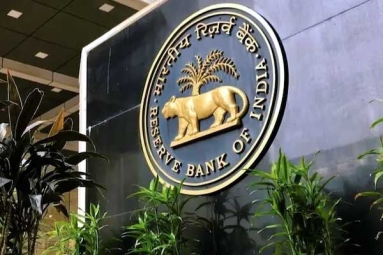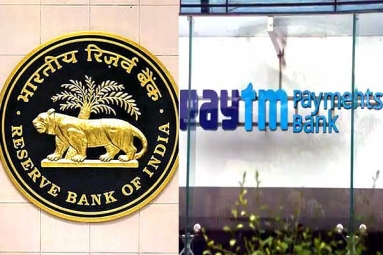
(Image source from: Financialexpress.com)
The Reserve Bank of India has lowered the repo rate by 25 basis points, now setting it at 6 percent. This action is expected to decrease borrowing expenses for banks, allowing them to offer loans to consumers at more affordable rates, thus lowering EMI payments. Sanjay Malhotra, the RBI Governor, announced today that the Monetary Policy Committee reached this decision with unanimous support. This marks the second reduction in the repo rate this year, following a previous cut to 6.25 percent in February. The repo rate, which is also referred to as the purchase agreement rate, reflects the charge imposed by the RBI on commercial banks for funds borrowed from it. Consequently, any decrease in this rate often translates to benefits for consumers.
The RBI Governor remarked that the new financial year has commenced under uncertain conditions for the global economy, with the central bank closely monitoring inflation threats stemming from worldwide instabilities. This announcement follows recent moves by the Trump administration, which instituted reciprocal tariffs on Indian exports. The Governor expressed concern that trade tensions could stifle domestic economic growth, as elevated tariffs might affect net export levels. He noted that India is actively engaging with the US administration regarding trade matters. While he acknowledged the challenges in predicting the effects of global events on growth, he reassured that the central bank feels confident in managing domestic growth trends.
Regarding the agriculture sector, he expressed optimism, highlighting that manufacturing activities are beginning to pick up again. Additionally, he pointed out the resilience of the services sector and the uptick in urban consumption alongside an increase in discretionary spending, emphasizing that both banks and corporate balance sheets remain in a “healthy” state. The RBI Governor also indicated that the Monetary Policy Committee has observed current inflation rates falling below the target, particularly due to a significant decrease in food prices. The growth forecast for GDP this fiscal year has been reduced by 20 basis points, with real GDP growth now anticipated to be at 6.5 percent.





















